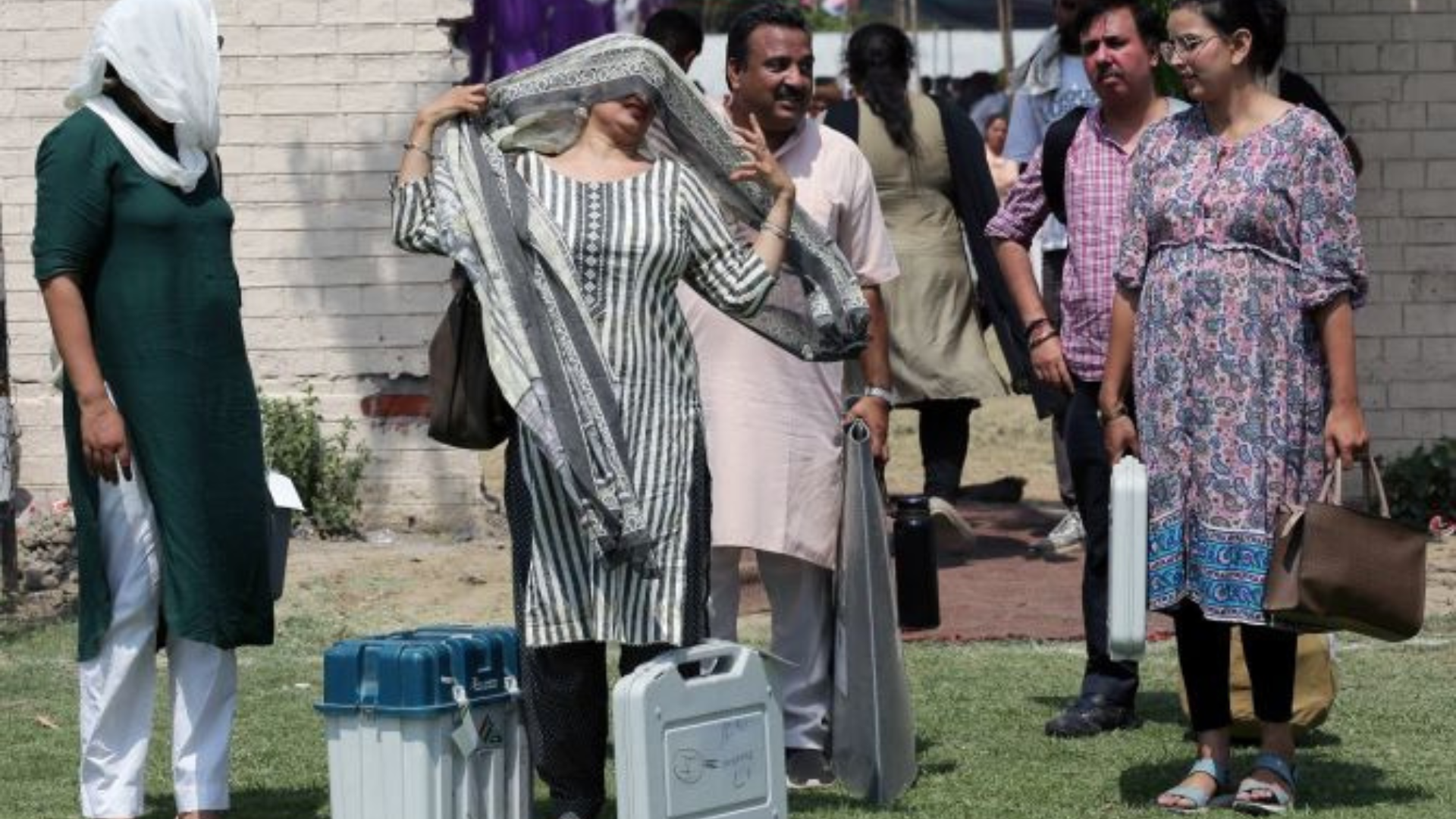As the world grapples with the effects of climate change, unprecedented heat waves are affecting cities worldwide. The Indian capital is not alone in battling extreme temperatures. In July 2022, the United Kingdom, traditionally known for its cool and temperate climate, experienced a historic heatwave with temperatures exceeding 40 degrees Celsius.
Europe has also faced record-breaking heat. Sicily, Italy, recorded a scorching 48.8 degrees Celsius in 2021, marking the highest temperature ever documented on the continent. Meanwhile, northwest China endured an extreme weather event last year, with a town reporting temperatures of 52 degrees Celsius.
Iran experienced one of the most severe heatwaves in recent history. In July 2023, temperatures soared to an unprecedented 66 degrees Celsius, underscoring the escalating impact of global warming on weather patterns across the globe.
Heatwave in Delhi, North India
Delhi is now among the regions experiencing record-breaking temperatures, often exceeding 50 degrees Celsius. On Wednesday (May 29), the temperature in parts of Delhi reportedly reached 52.9 degrees Celsius, marking the highest ever recorded in India. At least, 61 people have been killed due to heat waves in different parts of India, as reported by The Hindu.
What is a heatwave?
The India Meteorological Department (IMD) defines a heatwave as a “period of unusually high temperature as compared to what is normally expected.” A heatwave is considered if the maximum temperature of a station reaches at least 40°C or more for plains and at least 30°C or more for hilly regions. According to experts, multiple alterations in the atmosphere and oceans result in heatwaves. Notably, the IMD provides colour-coded heatwave warning information through its daily bulletins and a GIS-based visualization platform.























